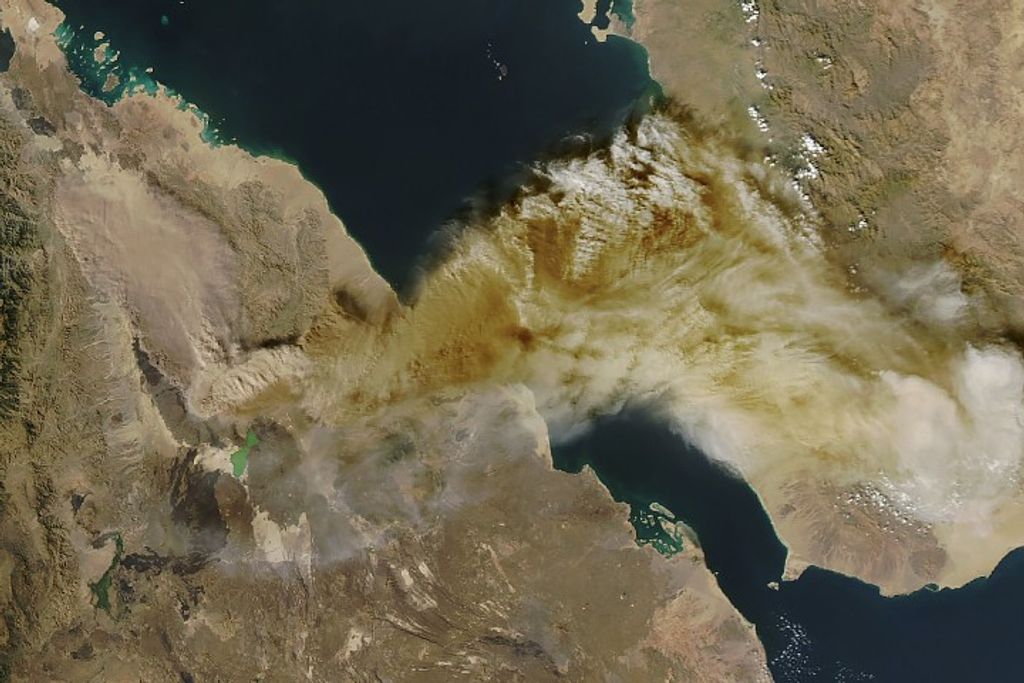", "zoom": 0, "fit": "fit", "parallax": "no", "focalPoint": {"x": ".50", "y": ".50"}}, "image_align": "wide", "migrated": true} -->

Our drive was successful, and we ended with some lovely flat bedrock with some gorgeous veining running through it. As APXS payload uplink lead today, I saw several targets that the APXS team would have loved to analyze.
Sadly, the timing didn’t work in our favour today. APXS prefers temperatures below -20 C – the colder it is, the better the data quality is. But daytime temperatures in Gale are getting balmy and warm (relatively speaking!) and reaching above -20 C earlier and earlier in the day, often hitting that high by 10 am (Mars local time!). Unfortunately, this has an impact on the frequency of APXS data collection. During the week, we typically do “Touch and Go” science, meaning we analyze and then drive (on weekends, we stay for the night and drive on the second or third sol). The earliest we can start the Touch and Go right now are often later than 11 am. This results in “fuzzy” spectra with noisy data for APXS. Whilst we can still discern basic chemistry from the fuzzy spectra, we obviously prefer to get good quality, and so we find that we are currently passing on early morning science. Today’s scheduled start time was 11:10 am, so we decided to skip the APXS contact science today.
However, APXS's loss is MAHLI’s gain! If APXS analyzes a target, MAHLI use their allotted time quota to document the target. Without any APXS in the plan, they gain all of the time allotted to APXS (around 18 minutes), in addition to the time they would have used to document the APXS target (around 8 minutes). Today, MAHLI used the bonus time to take a 3 image mosaic of “Wandapa,” centred on an amazing vein junction feature. There are a number of long linear veins, some thinner cross cutting veins, some nodular features and pebbles, lying on the bedrock. If you zoom in on the image above, the veins are just above the arm (with the little rover graphic). The Wandapa mosaic will capture the interactions between the veins and bedrock.
ChemCam will analyze the composition of the bedrock in this area at “Mahdia” (plus Mastcam) and take some long range imaging of “Gediz Vallis” ridge, up on the pediment. Mastcam is imaging two targets in the immediate workspace: the ChemCam target (Mahdia) and a sandy target “Karto” looking at structures in a small sand deposit in front of the rover. Two long range images “Eboropu” and “Serra Mara” look at stratigraphy and large scale structural features in the distance.
We drive around 40 metres in this plan, aiming to end up on some bedrock for tomorrow’s planning.
Written by Catherine O'Connell-Cooper, Planetary Geologist at University of New Brunswick



























